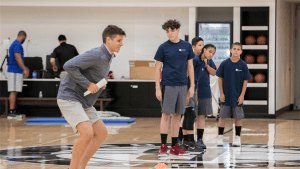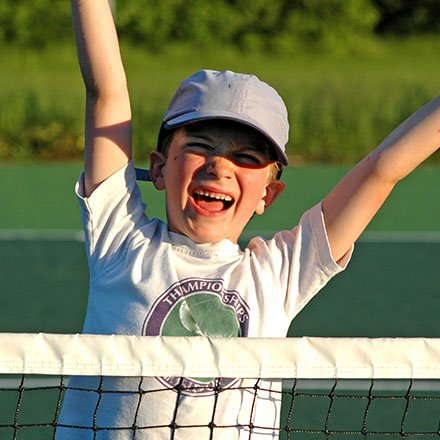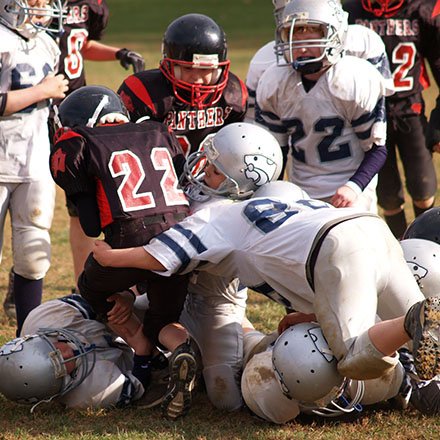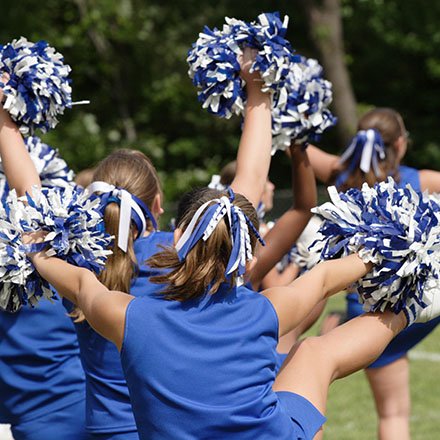Warming Up to Warming Up: Three Things Coaches Should Know About Preparing Athletes for Play

Coaches are responsible for many different aspects of the youth sport experience. On a typical day, most coaches are expected to organize practices that prepare kids for games, teach sports skills, and promote important lessons like teamwork and sportsmanship. Youth sports coaches are also tasked with
keeping track of key statistics, communicating with parents, fostering inclusiveness, and ensuring the health of their players by using proper protective equipment and following current safety guidelines.
While all these responsibilities are important, leading a proper warm-up for youth sports participants is among the most important. Interestingly, the practice of preparing for athletic activities by warming up can be traced back thousands of years. Athletes in ancient Greece routinely received massages and performed gentle full body movements before they began exercising. Similarly, Roman gladiators completed exercises that became progressively more intense at the start of their training sessions. In many cases, these athletes were supervised by professional trainers to make sure they were prepared for the demands of their upcoming activities – a situation not too different from modern-day sports in America.
Unfortunately, warm-ups are often shortened or skipped altogether to allow enough time for other activities. Additionally, most coaches are not trained to properly lead a warm-up and rely on outdated and ineffective routines. Sometimes players lead the warm-up themselves – greatly limiting the effectiveness of the activity. Here are three important things that youth sports coaches should know about warm-ups for their athletes:
The purpose of warm-up is to prepare athletes’ bodies to handle upcoming workloads.
Training load is a hot topic in sports these days. From kids playing sports for the first time to elite professional athletes, sports medicine experts have developed guidelines around the amount of time and the intensity of their training. Beginning a training session with exercises that increase joint mobility, promote blood flow to key muscle groups, and stimulate nerves that control important body functions like balance and coordination allows athletes to gradually prepare – both physically and mentally – for the workload that follows. A proper warm-up is an important strategy to successfully manage training load.
Warming up regularly can dramatically reduce the risk of injury.
Warm-ups can be thought of as mini training sessions, providing coaches with several opportunities each week to incorporate exercises into training that help protect players from injury. Researchers have found that certain warm-up routines performed several times per week can dramatically decrease injury rates among young athletes.
For example, a recent study published by a team of international researchers found that a warm-up program for soccer players decreased rates of ankle injuries by nearly 40%. Similarly, researchers have reported that basketball teams that completed a warm-up routine throughout the season experienced 36% fewer ankle and knee injuries and rugby players who performed a specialized warm-up had nearly 60% fewer injuries during practices than players who didn’t perform these warm-ups. In addition to preparing athletes to perform, warm-ups have been proven to prevent injuries.
Warming up regularly can also improve key measures of sports performance.
While proper preparation and fewer injuries are great benefits of a proper warm-up, improvements in key sports performance metrics like sprint speed, jumping ability, and agility are quite appealing to sports coaches and their players.
Researchers have shown that athletes who regularly completed a warm-up that included several dynamic exercises had greater improvements in sprint speed at the end of the season than their untrained peers. Similarly, researchers studying dancers found that a specific warm-up routine increased the height of their vertical jump after several weeks. Additionally, my colleagues at HSS studied the effects of a warm-up on high school soccer and basketball players over a single sports season and reported that players who regularly performed a recommended warm-up had greater improvements in a timed agility test than players who didn’t perform this warm-up. Interestingly, the agility test times for the untrained players were actually slower at the end of the season!
While warming-up is an important strategy that helps keep kids healthy and performing their best, leading a proper warm-up is far from intuitive. That’s why injury prevention experts from the Sports Medicine Institute at HSS developed a free training course for coaches titled How to Lead a Neurodynamic Warm-Up. Released in 2017, this free, 30-minute, on-demand workshop has been completed by tens of thousands of coaches throughout the U.S. and around the world.




